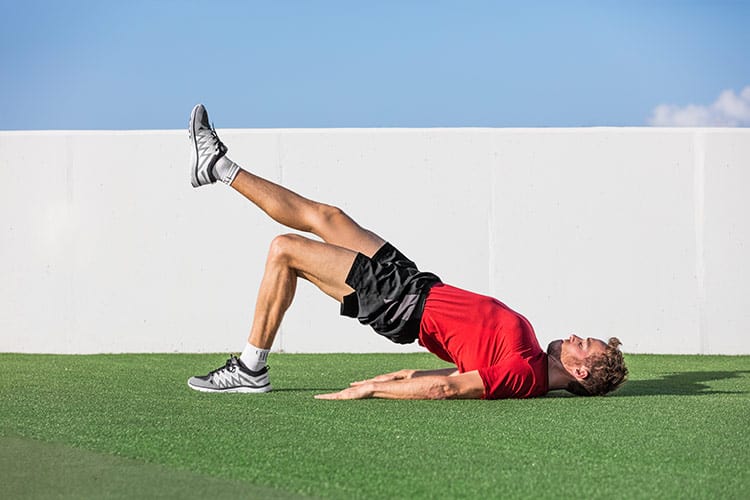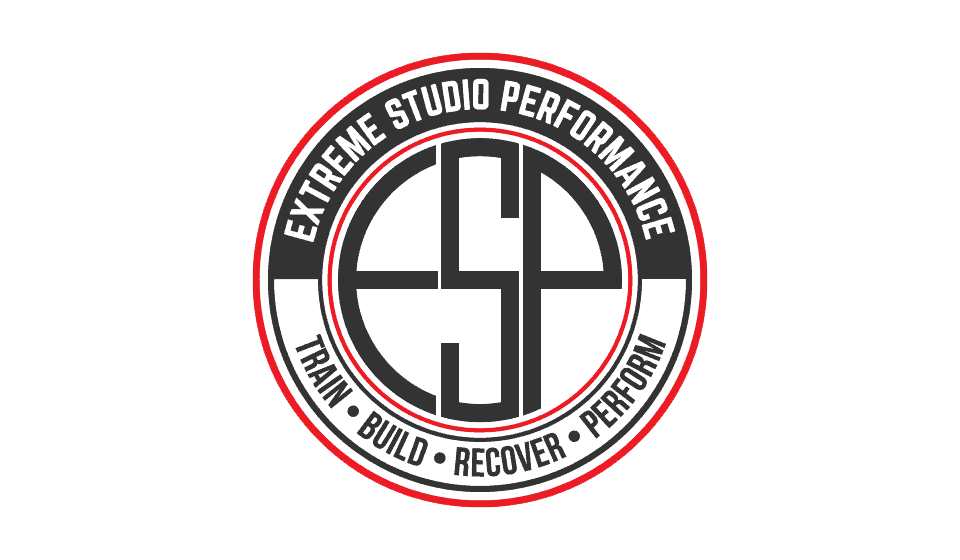
If in your training, your focused core workout is resigned to some crunches at the end of your session, this message may be for you.
Most people’s understanding of the “core” is that it located in the midsection of the body and includes the abs (transverse abdominis), love handles (obliques), and low back (erector spinae). While not entirely incorrect, to properly grasp this vital portion of our bodies, we need to dive deeper.

The core is actually comprised of the muscles that act on the pelvis, lumbar spine, and rib cage, and include, but not limited to, the diaphragm, pelvic floor, glutes, hamstrings, hip rotators, latissimus, dorsi, etc. Spending time intentionally training this region quite possibly may be the most important training you do.
Because common core training has been resigned to abdominal crunches and plank variations, you must figure out how can you train your core more efficiently. One way to approach this is to resist unwanted motion and tie the upper and lower body together minimizing loss of power. We can do this through challenging:
- Antiextension – Resisting excessive extension of the lumbar spine.
- Antirotation – Resisting rotation of the lumbar spine.
- Antilateral flexion – Resisting lateral flexion of the lumbar spine.
- Hip flexion – Flexion of the hip joint with a stable lumbar spine
Harnessing your breathing and being able to effectively control the amount of tension to transfer through your body in different athletic tasks are all methods of maximizing your core’s potential. Your athletic ability, flexibility, balance and strength are all dependent on a powerful core and prioritizing the fortification and enhancement should be of utmost priority.Abs,
If you’d like to learn more about methods and techniques to truly master your core, contact me through blackdragonyoga.com and/or pick up the DVD or digital download of Black Dragon Yoga: Core Power Series found on the website.
by David Welek
